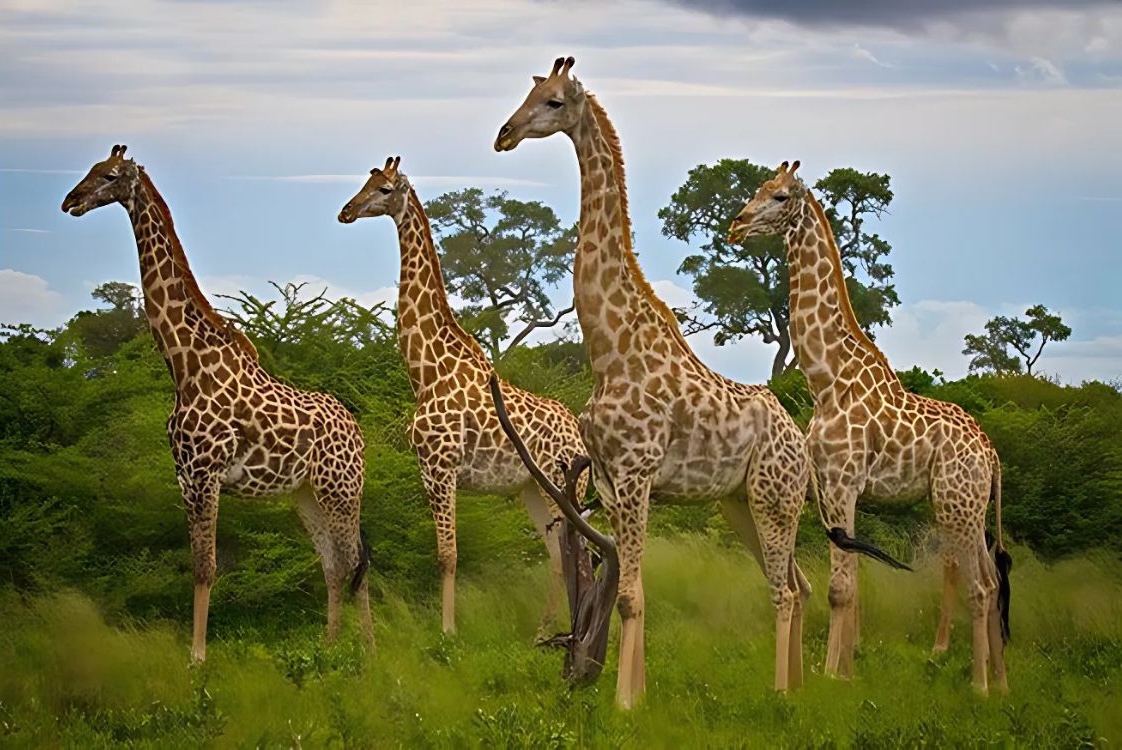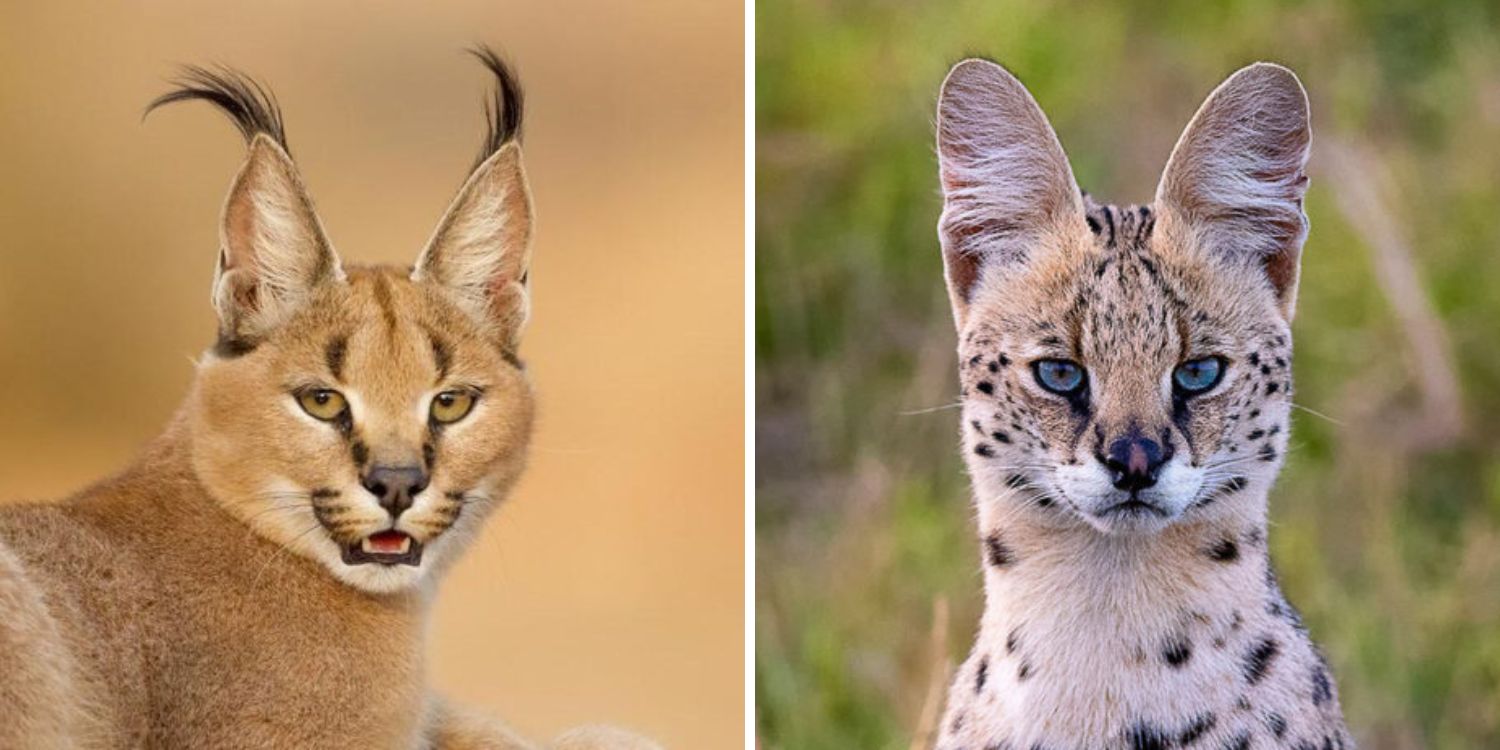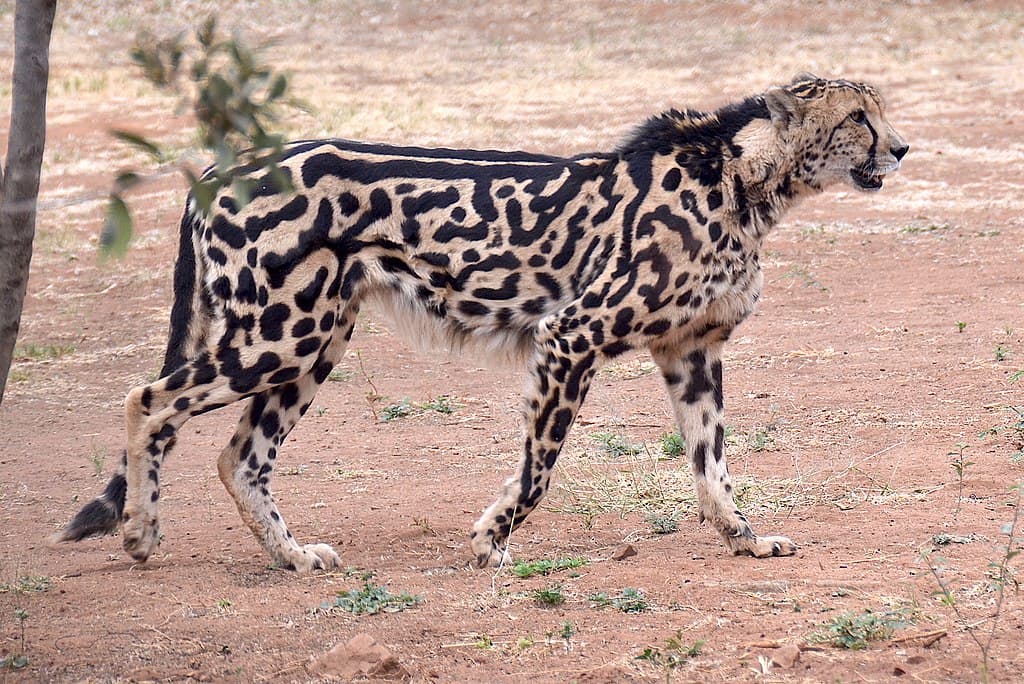
Dugongs: Don’t Be a Doofus, Learn About These Gentle Giants!
FAQs:
1. What are dugongs and where do they live?
Dugongs (Dugong dugon) are marine mammals related to manatees. They are herbivores found in warm, shallow waters of the Indo-Pacific region, including the Red Sea, Southeast Asia, and Australia.
2. What do they look like?
Dugongs have a streamlined, gray body, resembling a large manatee. They have flippers for swimming, a flat, paddle-like tail, and small tusks in the upper jaw.
3. What do they eat?
Dugongs are grazers and primarily feed on seagrasses. They use their sensitive snouts to root through the seabed, consuming large quantities of seagrass daily.
4. Are they social animals?
Dugongs are generally solitary creatures, except for mothers caring for their young. However, they may occasionally form loose aggregations in feeding areas.
5. Are they endangered?
Unfortunately, dugong populations are declining due to habitat loss, hunting, and accidental entanglement in fishing gear. They are currently listed as vulnerable by the IUCN.
Bonus FAQs:
- How big are they? Dugongs can grow up to 3 meters (10 feet) long and weigh up to 400 kg (880 pounds).
- How long do they live? They can live for up to 70 years in the wild.
- What are some interesting facts about them? Dugongs are nicknamed “sea cows” because of their grazing behavior and gentle nature. They also have a complex vocal repertoire, including whistles, chirps, and moos.
More photos below ↓











